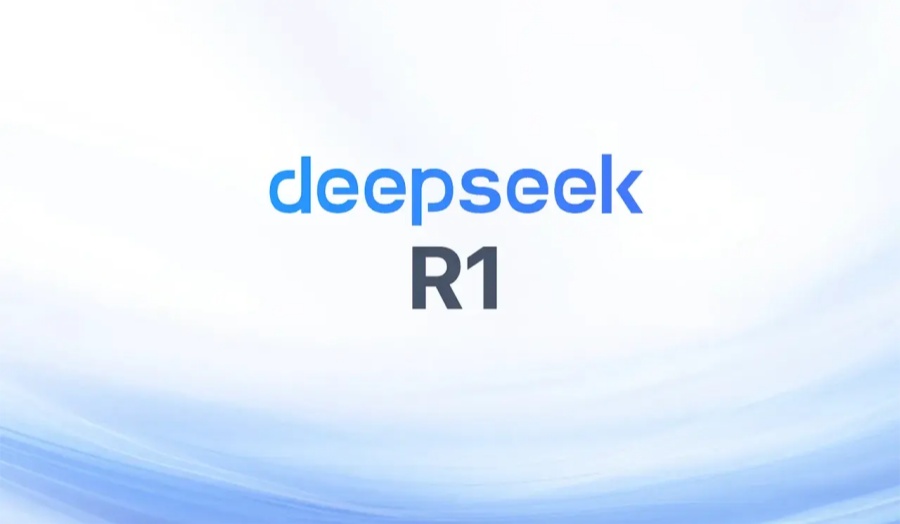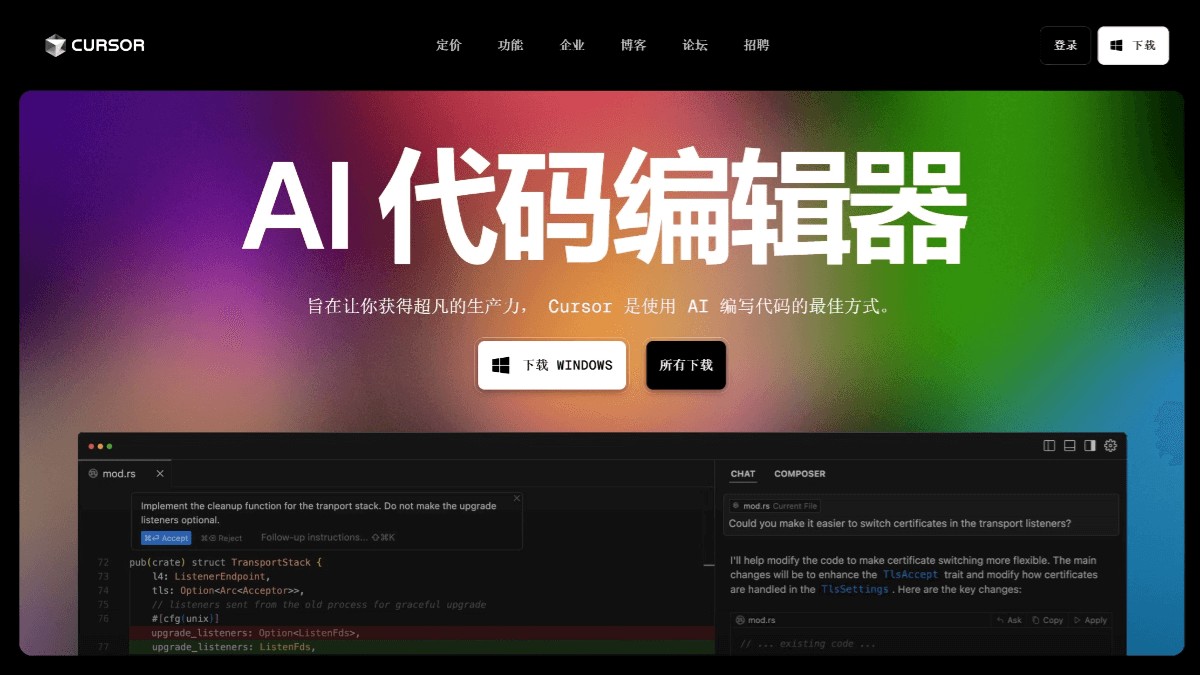
In recent years, the dominance of AI models seems to have been firmly controlled by American tech giants such as OpenAI, Google and Meta. But just recently, DeepSeek , an AI startup from China, is quietly breaking this pattern.
The open source model DeepSeek R1 developed not only performed well in multiple benchmark tests, but is even called "the first open source model that can compete with OpenAI's GPT-4 (internal test model o1) . This news not only attracted attention in China, but even Meta engineers issued a "warning" on anonymous social platforms, saying that the pressure brought by DeepSeek is real.
For those who are concerned about the development of AI technology, especially for beginners, you may ask: What is the best of this model? Let's disassemble it below:
The training cost of the DeepSeek R1 is about $5.5 million —in contrast, the OpenAI GPT-4 is rumored to cost more than $10 million. This cost control means that small and medium-sized enterprises, scientific research teams and even universities can easily access advanced model architectures.
User Inspiration: If you are an AI engineer, researcher, or a developer who wishes to train/fine-tune your own models, R1's open source means you can really go deep into the underlying structure instead of just using the API.
DeepSeek does not simply imitate the existing architecture, but adopts a combination of large-scale reinforcement learning (RL) and unsupervised fine-tuning (SFT) , making the model particularly outstanding in its inference ability and task generalization ability .
For example: R1 scores exceed Meta's Llama4 in English Q&A, multi-round dialogue and even code generation.
On TeamBlind, an anonymous platform commonly used by employees of European and American technology companies, a Meta engineer admitted that the annual salary of company executives even exceeded the training cost of DeepSeek's entire model, and this efficiency gap forced them to re-evaluate the global technology landscape .
Meta has also set up a special team to conduct in-depth analysis of the DeepSeek R1 and the upcoming V3 model, trying to replicate or understand its core technical path. This is a rare case of technological "reverse engineering" in recent years - in the past, global imitating American big models, and now engineers in Silicon Valley have also begun to learn Chinese solutions .
The success of DeepSeek provides an important signal for beginners:
There is no need to look up to the giants, open source technology can still innovate.
There is no simple proportional relationship between technological innovation and resource investment.
Chinese companies are drawing new boundaries on global AI technology maps.
If you are new to AI or are planning to get started with the big model field, DeepSeek is a worthwhile object. You can learn model architecture design, training processes, and fine-tuning strategies from its open source code, which are first-hand experiences that closed systems such as GPT-4 cannot provide.
DeepSeek R1 is not only a breakthrough in China's AI, but also a true portrayal of open source power in the AI era. Its emergence broke the monopoly of technology and the inertia of cognition, bringing more "possibilities" to developers around the world.
The future AI will not only belong to a few giants, but will become a technology ecosystem where global engineers and developers participate. And DeepSeek R1 is a microcosm of this trend.



